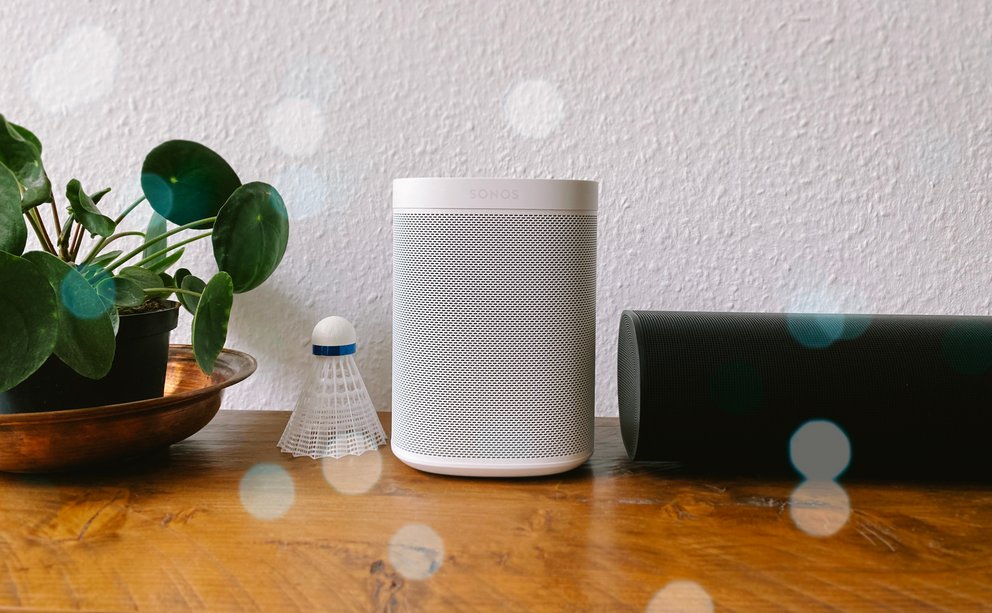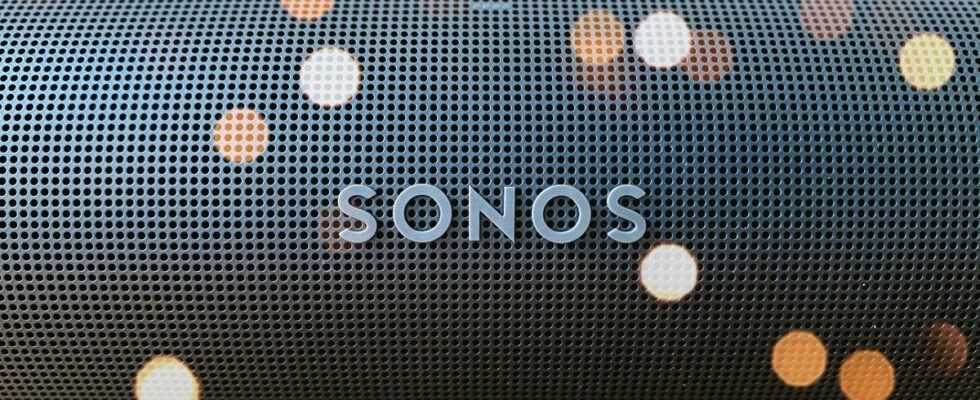Californian audio maker Sonos has announced a comprehensive climate action plan. One of the many measures is particularly important because it not only helps the environment, but also makes the loudspeakers cheaper.
Apparently Sonos takes sustainability seriously. “We are committed to being climate neutral by 2030 and achieving net zero emissions by 2040,” says an excerpt from a current blog post by the company. Numerous steps are to be taken immediately and in the coming years2-Reducing the emissions of the company and its products – for example, switching to packaging made from 100 percent paper (by 2025) or optimizing the supply chain.
Sonos promises “enormous reduction in power consumption”
As a long-time Sonos user, I am personally particularly pleased with one particular announcement: The speakers are due soon significantly more energy-saving will.
“Sonos will also use the sleep mode that we introduced for the Roam, from the year 2023 for all new products. With this renewed focus, we will be reducing the power consumption of our products over the next decade decrease by 35% (…) “, so the announcement.

On closer inspection, this point has it all. Even if you lives behind the moon For whatever reason, environmental protection cannot do anything, so electricity consumption at the end of the day is simply a thing of the past Cost factor. And here Sonos does indeed still have room for improvement. On the one hand, multiroom speaker customers expect one Operational readiness, on the other hand, you have to deal with certain Consumption values in standby Life.
Examples from the current range: The popular Sonos Beam (2nd gen.) Soundbar consumes 6.3 watts, the compact Sonos One (2nd gen.) Treats itself to 3.4 watts. That is not exactly a small amount – this output would also be sufficient to illuminate a living room (with modern LED bulbs) brightly around the clock. Sonos lists further standby consumption values on a separate overview page. Incidentally, the record holder is the Sonos Play: 5 (1st gen.), Which constantly draws 8 watts from the socket. Everyone can calculate for themselves what that costs per year (spoiler: it’s around 20 euros).
The currently most energy-efficient speaker in the portfolio is the Sonos Roam (see also GIGA test report), the two levels of energy saving when not in use. In the first stage, the portable loudspeaker is still “ready to receive” and waits for signals. After 30 minutes, it automatically switches to sleep mode and then, according to the manufacturer, only consumes 0.1 watts. In addition, the device can also be switched off completely manually by pressing and holding the on / off button for 5 seconds.
